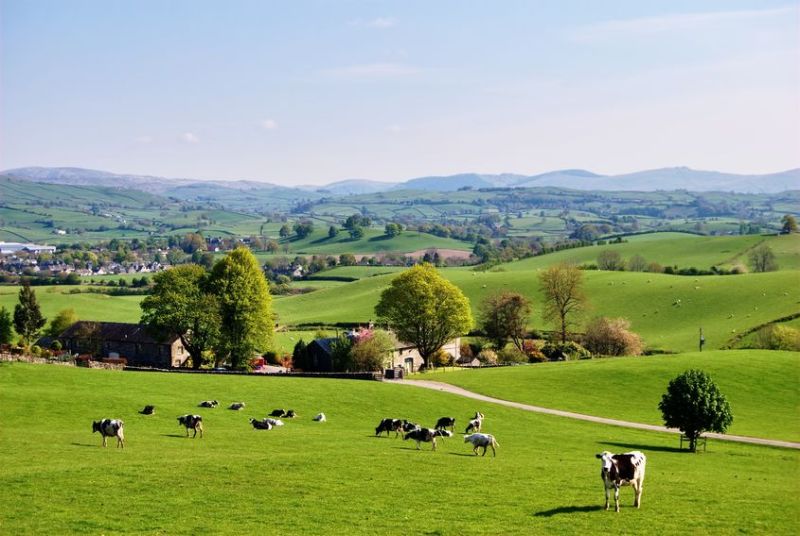
The supply of farmland in the first quarter of 2019 was 28% less than in the first quarter of 2018 and 40% lower than the average since 2000, new figures show.
Any hope that current uncertainty would dissipate seems to have been lost to the wind, and this appears to have muted the supply of land into the farmland market so far this year.
Rural estate agents Savills note that the market in the first quarter of any year tends to be relatively small as most sellers prefer to wait and launch their property in the spring.
Since 2000 the first quarter of any year has averaged just under 17,000 new acres to the market.
However, this year, just 10,400 acres so far across Britain has been publically marketed. This is the lowest acreage recorded since analysis began in 1995.
Indeed, there have only been four years since 2000 when the area marketed in the first quarter was less than 12,000 acres.
Ian Bailey, Savills rural research, said: “With very little activity and consequently little transactional evidence, it is no surprise that our Farmland Value Survey has recorded very little movement in average values since the end of last year.”
Research shows that depending on location, average values have remained stable at around £7,500 to £8,800 per acre for prime arable and £5,500 to £7,000 per acre for average quality grassland.
Savills is predicting that these average values will remain relatively stable throughout the year as there are plenty of buyers registered.
Premiums are likely to be paid for top quality properties, where demand is strong and forward looking farming businesses are looking to expand existing operations and roll-over investors are looking for new opportunities.
Meanwhile, non-farming buyers are looking to invest away from riskier asset classes and there is a rise in interest for amenity property.
In Scotland, some of the strongest bids are from those looking to purchase agricultural land for new woodland creation projects. These projects are supported by government targets and can benefit from grant funding.
